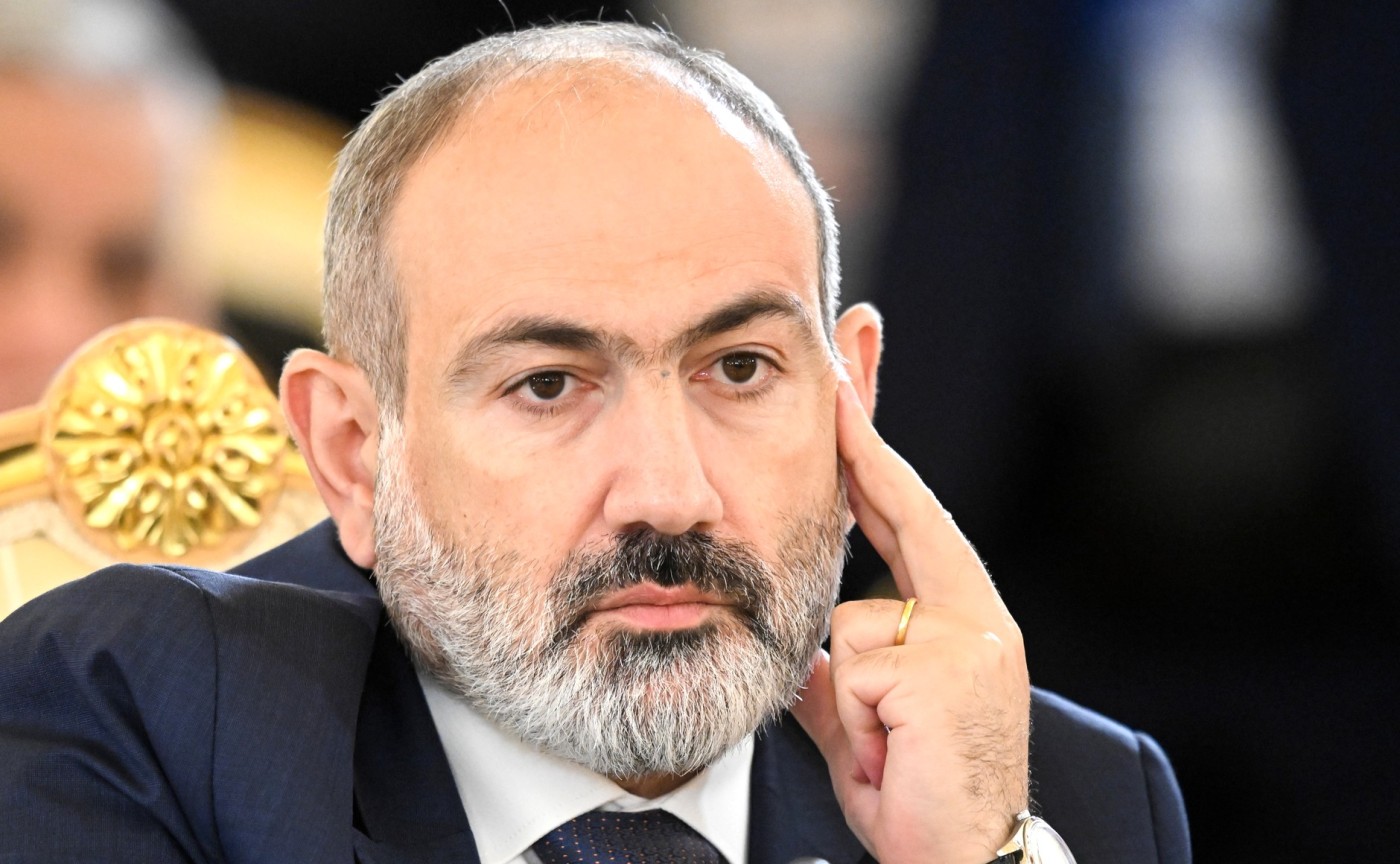
ISPI: Armenia needs a clear long-term vision for its future and a staircase approach towards the EU
Armenia signed an agreement to join the Eurasian Economic Union (EAEU) in May 2014 after halting the process of signing an Association Agreement with the European Union. Many observers noted that Armenia’s then-President Serzh Sargsyan reversed his foreign policy following a meeting with Russia’s president in September 2013 in a U-turn. This decision paved the way for Armenia’s EAEU membership and halted the negotiation of an agreement that would have included, inter alia, a free-trade agreement with the EU, the Institute for International Political Studies (ISPI) writes.
As noted, the reversal was likely made under Russian pressure and was influenced by geopolitical and geo-economic considerations. Armenia, supporting the self-proclaimed Nagorno-Karabakh Republic in its conflict with Azerbaijan, saw its alliance with Russia as a crucial deterrent against hostile neighbors, including Azerbaijan, which had significantly increased its military spending. Economically, Armenia was already closely tied to Russia – even before joining the EAEU. Russia controlled several strategic sectors of the Armenian economy, including electricity production and distribution, railways, and mobile networks. It was also Armenia’s primary natural gas supplier and the leading market for its agricultural exports. Additionally, remittances from Russia played a significant role in improving living standards in Armenia.
The Armenian opposition criticized the decision to join the EAEU. The current prime minister, Nikol Pashinyan, then an opposition member of the National Assembly, voted against ratifying the EAEU agreement in Parliament in December 2014. At that time, however, the abrupt reversal favoring the EAEU did not trigger widespread protests in Armenia, as most of the Armenian population viewed Russia favorably.
Between 2018 and 2020, there were no significant discussions in Armenia about leaving the EAEU. Following the 2018 Velvet Revolution, after Pashinyan was elected prime minister, there was speculation that Armenia might reconsider its membership in Russian-led organizations, including the EAEU. However, Pashinyan made several statements asserting that there would be no shift in Armenia’s foreign policy.
The 2020 Nagorno-Karabakh War and Azerbaijan’s incursions into Armenia in 2021 and 2022 significantly altered the regional balance of power, while Russia’s large-scale invasion of Ukraine in February 2022 weakened Moscow’s influence in South Caucasus. In September 2023, Azerbaijan’s military takeover of Nagorno-Karabakh forced the displacement of its Armenian population. These developments strained Armenia–Russia relations, as many in Armenia criticized Russia for failing to support Armenia or to prevent the military attacks on Nagorno-Karabakh and the forced deportation of its Armenian population.
In response, Armenia froze its membership in the Collective Security Treaty Organization (CSTO). It declined the CSTO’s offer to deploy an observer mission along the Armenia–Azerbaijan border, opting instead for an EU civilian mission.
Armenia has since sought to diversify its foreign policy by expanding sectoral cooperation with India, France, the European Union, the United States, and the Gulf Cooperation Council. India and France have replaced Russia as Armenia’s primary weapons suppliers, and Armenia is negotiating with the EU to sign a new partnership agenda; on Jan. 9, 2025, the government approved the draft law to begin Armenia’s EU membership process, and on Jan. 14, 2025, signed a strategic partnership charter with the United States.
Despite growing political tensions between Yerevan and Moscow, bilateral economic relations have expanded significantly between 2022 and 2024.
A sharp increase in trade with Russia partly drove Armenia’s economic growth during this period. In 2021, bilateral trade between Russia and Armenia stood at approximately $2.5 billion. By the end of 2022, trade volume had more than doubled to $5.3 billion, according to Armenia’s state statistics agency. Trade continued to soar, growing by more than 43% to reach $7.3 billion in 2023. This upward trend persisted in 2024. During an Oct. 8, 2024, meeting with Armenian Prime Minister Nikol Pashinyan, Russian President Vladimir Putin noted that bilateral trade in the first six months of 2024 had grown 2.5 times, exceeding $8.3 billion. In the first eleven months of 2024, trade turnover reached $11.624 billion. Despite strained relations, Armenian officials emphasize that EAEU membership aligns with Armenia’s national interests, a point underscored by the resurfacing of the issue in early January 2025 when the Armenian government approved the draft bill to initiate the process of Armenia’s accession to the European Union. Russia reacted negatively, with Deputy Prime Minister Alexei Overchuk stating that Armenia’s consideration of such a bill could signal the beginning of its withdrawal from the EAEU.
As Armenia deepens its cooperation with the EU ahead of the 2026 parliamentary elections, it needs a clear long-term vision for its future, as it cannot enter the EU while being an EAEU member. Armenia should pursue a staircase approach towards the EU, focusing on fully implementing the Comprehensive and Enhanced Partnership Agreement (CEPA), signed in November 2017 and fully entered into force in March 2021.



